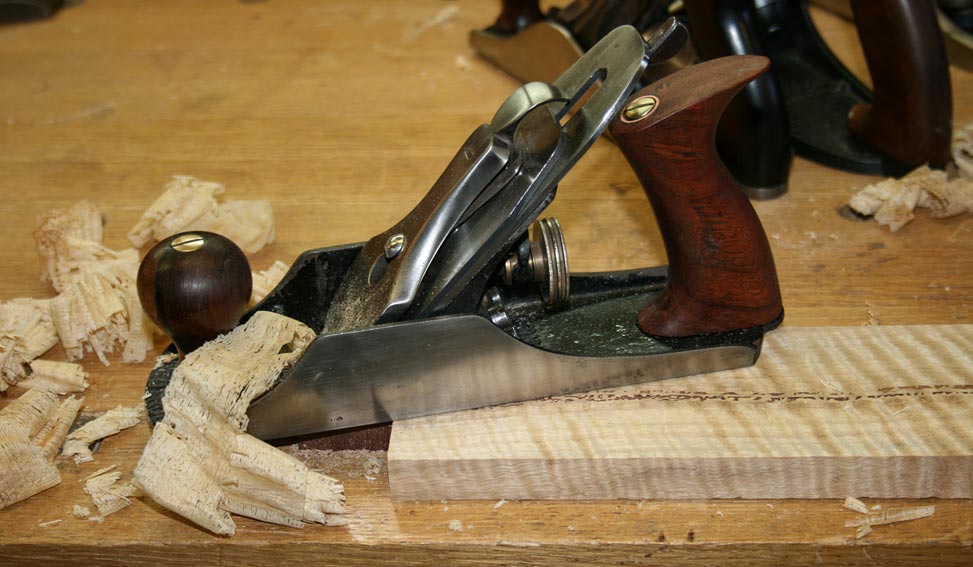One thing lead to another, and I wrote a series of articles ... four in all.
It just seemed to flow in that direction.
It began with the idea that if one could design a plane of their dream, what what they include? Lee Valley recently released the Custom Bench Plane concept, and I have a jointer and a smoother. I also have a bunch of parts ... and together they offer the opportunity to explore different combinations. And then compare these with BU equivalents and Stanley equivalents ........
You get the message. It became bigger than Ben Hur.
I'd like the articles to be a springboard for discussion here. Some of it is old stuff, but there is also new stuff. I can add, modify, include what is written to the articles.
1. Introduction: http://www.inthewoodshop.com/ToolRev...omPlanes1.html
2. Designing a Plane: tips on choosing and tuning: http://www.inthewoodshop.com/ToolRev...omPlanes2.html
3. Designing a Plane: Knobs and Handles - or how we really use a plane! : http://www.inthewoodshop.com/ToolRev...omPlanes3.html
4. To Chipbreak or Not to Chipbreak: frog angle choice : http://www.inthewoodshop.com/ToolRev...omPlanes4.html
Happy New Year and ...
Regards from Perth
Derek





 Reply With Quote
Reply With Quote







